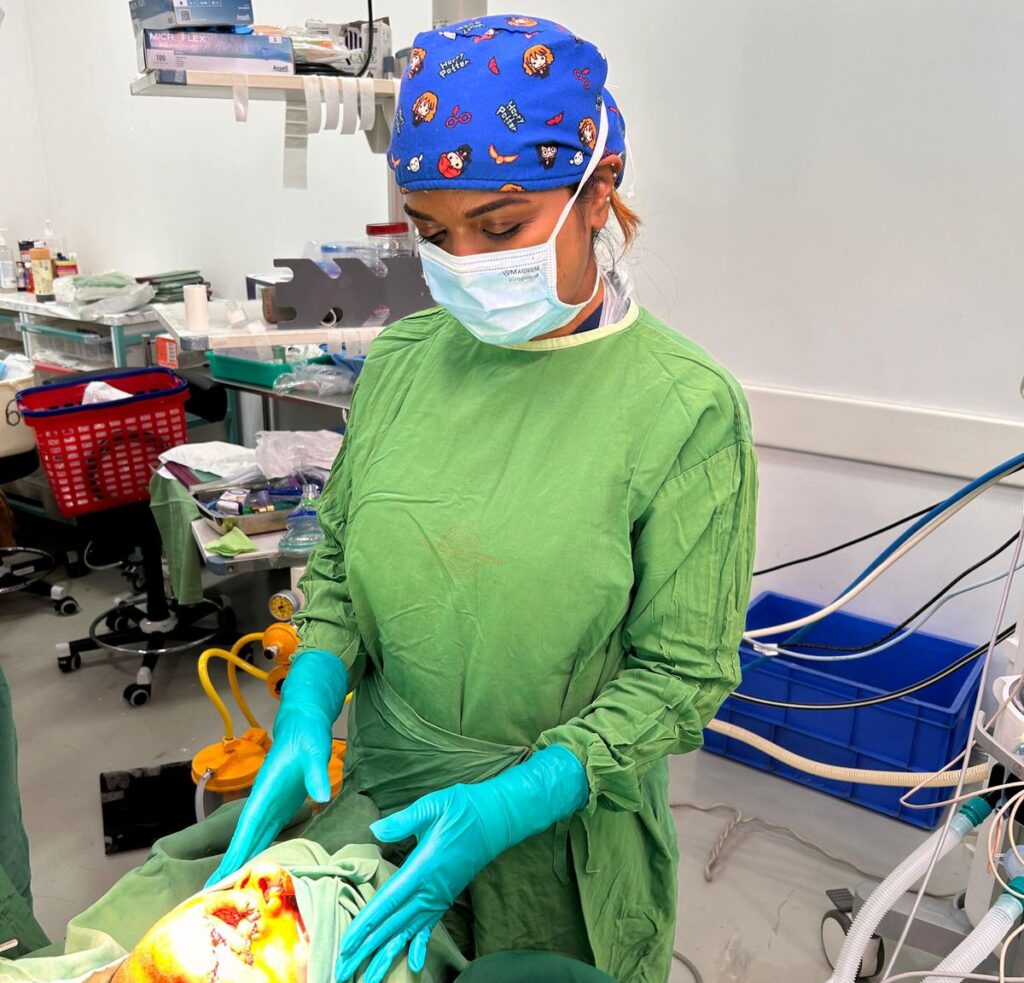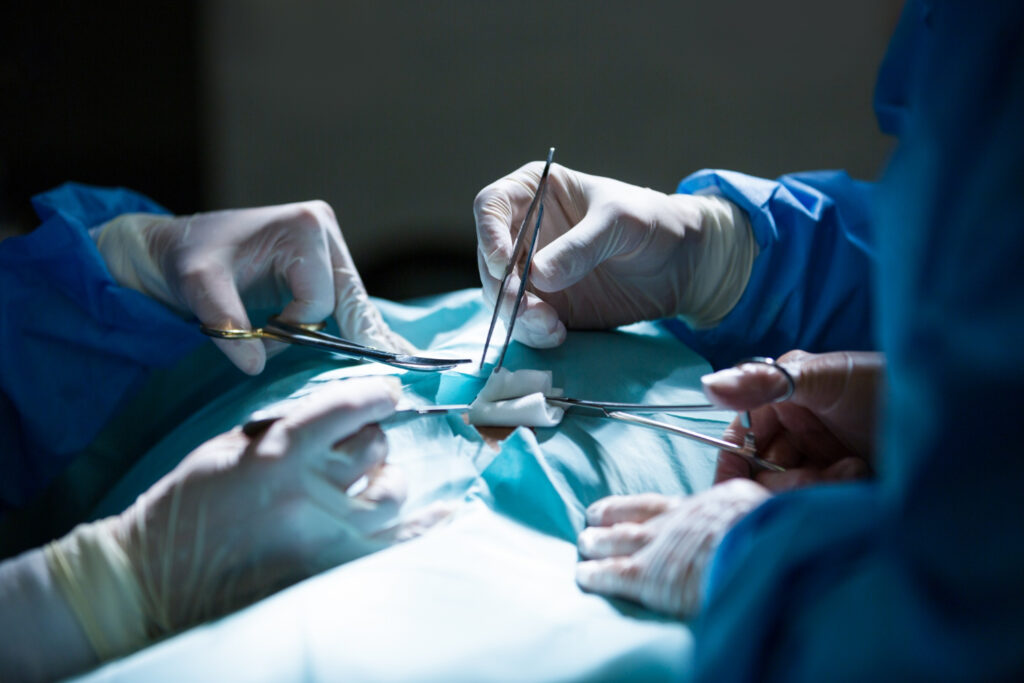Reconstructive surgery plays a vital role in helping patients heal physically and emotionally after cancer treatment, trauma, congenital defects, or major injuries. Dr. Sannia Salim offers advanced microsurgical and flap-based techniques tailored to restore both appearance and functionality across the body.

1. Free Flap Reconstruction (ALT, SCIP, RAFF, Fibula)
Tissue from other parts of the body is transferred to the head or neck to reconstruct complex defects. Commonly used free flaps include:
• ALT (Anterolateral Thigh Flap)
• SCIP (Superficial Circumflex Iliac Artery Perforator Flap)
• RAFF (Radial Artery Forearm Flap)
• Fibula flap (for jawbone reconstruction)
2. Mandibulectomy and Maxillectomy Defect Reconstruction
Reconstruction after removal of part or all of the jaw (mandible) or upper jaw (maxilla) using vascularized bone and soft tissue flaps to restore function and symmetry.
3. Tongue, Buccal Mucosa & Palate Reconstruction
Rebuilding oral cavity tissues to improve speech, swallowing, and aesthetic appearance using thin, flexible flaps such as RAFF or ALT.
4. TFL Sling for Trismus & Facial Support
The Tensor Fascia Lata sling provides structural support in patients with trismus (restricted mouth opening) or facial drooping, improving oral access and appearance.
5. Functional Restoration of Swallowing & Speech
Surgeries are carefully planned to optimize critical functions such as swallowing, articulation, and tongue mobility, especially after cancer surgeries.

Breast reconstruction helps restore body image and emotional well-being after mastectomy or breast injury. Dr. Sannia offers a range of techniques suited to each individual.
Immediate & Delayed Reconstruction Post-Mastectomy
Breast reconstruction can be performed during the same surgery as mastectomy (immediate) or later after recovery or radiation therapy (delayed), depending on medical factors.
Autologous Flap-Based Reconstruction (DIEP, LD, TRAM)
Uses tissue from your own body such as:
• DIEP (Deep Inferior Epigastric Perforator Flap) from the lower abdomen
• LD (Latissimus Dorsi Flap) from the back
• TRAM (Transverse Rectus Abdominis Muscle Flap) from the abdomen
These techniques offer natural results and long-lasting outcomes.
Implant-Based Reconstruction
Implants can be used alone or with flaps to restore volume and breast shape, often with shorter recovery time.
Nipple & Areola Reconstruction
Final-stage procedures that recreate the nipple and areola for a natural, complete look, often using local tissue or medical tattooing.

When cancer, trauma, or infection threatens limb function, limb salvage surgery aims to preserve mobility and appearance.
Reconstruction Post-Sarcoma Resection
After removing soft tissue or bone tumors, large gaps are reconstructed with flaps and sometimes bone grafts to maintain limb integrity.
Complex Bone & Wound Coverage using Flaps
Large wounds, exposed tendons, or bones are covered using local or free flaps to promote healing and restore function.
Post-Burn and Post-Trauma Reconstruction
Reconstructive procedures correct burn contractures, tissue loss, and scarring, restoring movement and appearance in severely affected limbs or areas.
Reconstructive surgery restores both appearance and function after trauma, cancer surgery, congenital conditions, or other medical issues. Every case is unique, but most reconstructive procedures follow a general recovery path:
Hospital stay (if needed): Varies from 1–7 days depending on the complexity of the procedure
Light activity or work: Resume in 2–4 weeks, depending on the surgery and site involved
Strenuous activity: Resume after 6–8 weeks, or as advised by your surgeon
Visible improvement: Begins within 3–6 weeks as swelling reduces and healing progresses
Final results: Evolve over 3–6 months, with scars gradually fading over time
Follow-up care: May include scar management, physiotherapy, or additional refinement procedures
All surgeries are conducted in fully accredited, sterile surgical environments. Dr. Sannia uses meticulous techniques and evidence-based protocols to ensure patient safety, reduce complications, and promote optimal healing. A personalized treatment and recovery plan is designed for each patient, focusing on both functional restoration and aesthetic refinement.